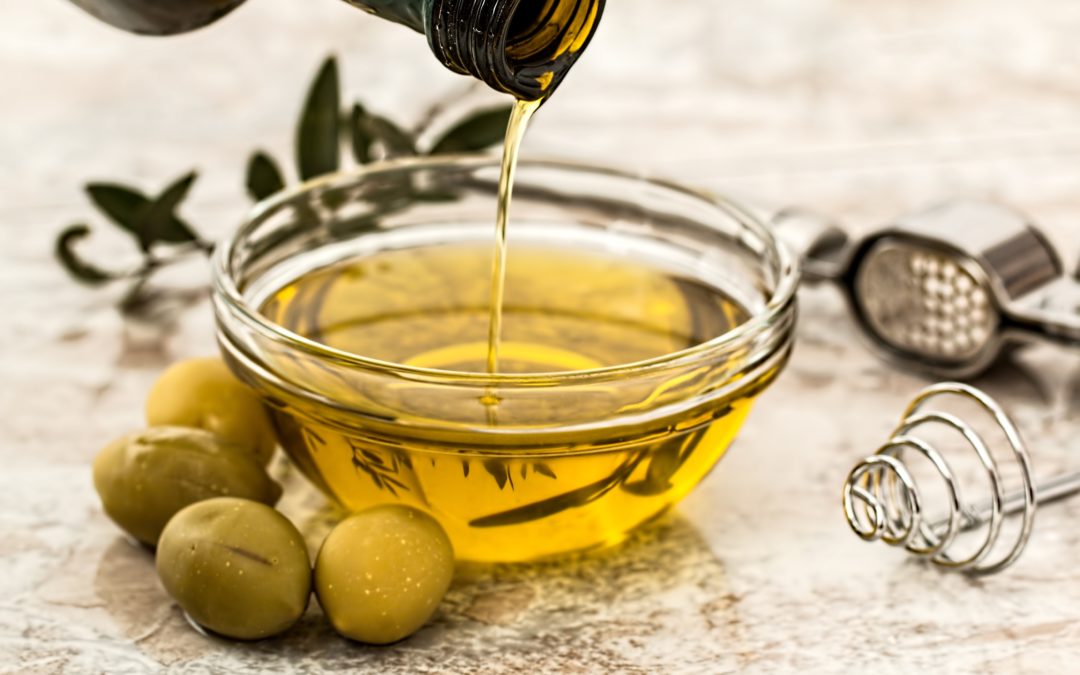Olives and oil are crucial ingredients in Italy’s culture and cuisine: this cultivation, present already in roman times, has remained important even today, with multiple varieties offering different tastes and endless benefits.
Italy has an history of the cultivation of olives and the production of oil which is millennial. Many varieties were present in Italy already during the roman empire, when they were implied also for medical and cosmetic purposes. The olive-tree is very connected to the territory in which it grows: different soils and weather conditions lead to different varieties of olives and consequently to different tasting oils. For all these reasons, this cultivation is symbolic for Italian culture.
Olives and oil: from basic distinctions to regionally specific differences
The regions which are most famous to produce olives and oil are Puglia and Toscana (photo below), but there are other locations widely spread all over the country. First, we should distinguish between table olives and olives used for oil. Table olives are usually bigger, and they are selected for their taste and pulp; they are preserved in brine or salt, and they can be black or green, depending on the level of maturation. As regards the olives used for oil, depending on the tree (there are different varieties in every region) the oil might be more delicate – which is often the case for the oil produced in northern regions – fruity or very strong, almost spicy, like the iconic oil produced in Puglia, called “’oro verde” (translating to “green gold”) for its amazing shade.
Visualizza questo post su Instagram
Diving into details: extra-virgin, virgin and basic olive oil
In case you are wondering what the difference between extra-virgin oil, virgin oil, and basic olive oil is, it all lies in the percentages of acidity, which were established by the European Union. The more the oil is acid, the lower the quality will be; the level of acidity will be lower if the olives used for the production are healthy and have not been spoilt by insects or other external factors. The extraction process is the same for all three types of oil. Italians tend to prefer extra-virgin oil: the most famous qualities are so good that you can enjoy them just on a simple slice of bread. Olive oil is also proved to be healthier than other plant oils, because it undergoes less mechanic extraction procedures, which strip the oil of its natural healthy factors.
Olive oil: more than just an amazingly tasting product
Apart from an amazing taste (which is not to forget), what does oil offer, and why does it have such a long tradition? The benefits of the consume of oil are many: there are cosmetic advantages, since it makes your hair and nails stronger and shinier; it is ideal in the growing years, since it is good for the bones; it is rich in vitamins, oleic acid and omega 3 and 6; it works against high cholesterol and heart disease; it is highly digestible and it helps your digestion. If all of these reasons were not enough, you will surely be convinced with just a drop of this liquid green gold on a slice of bread!

